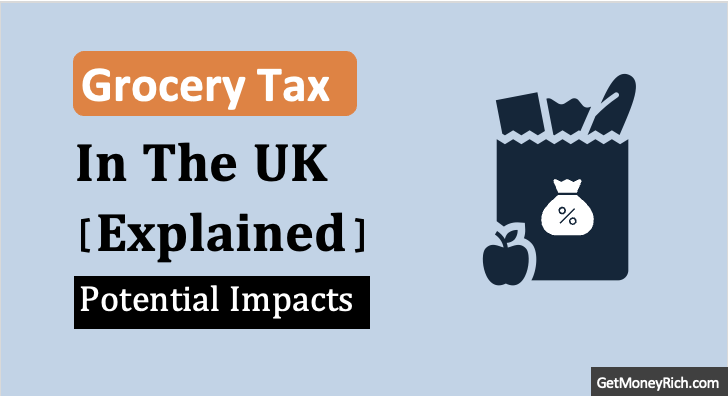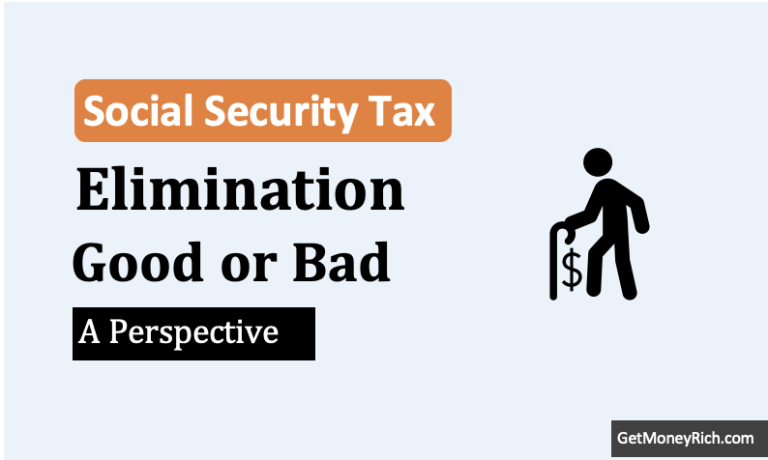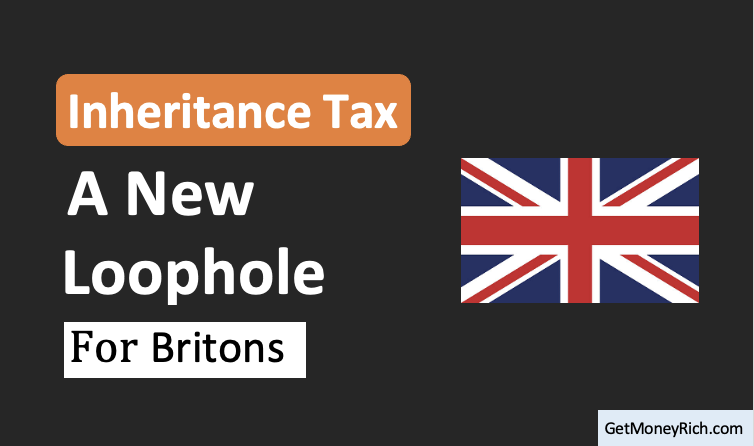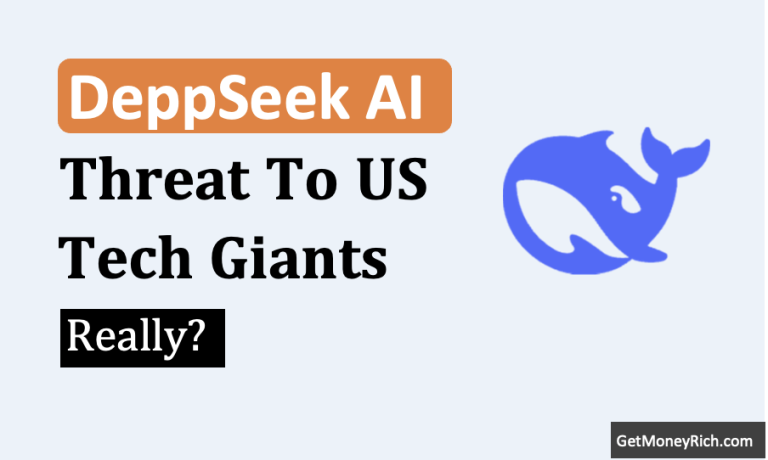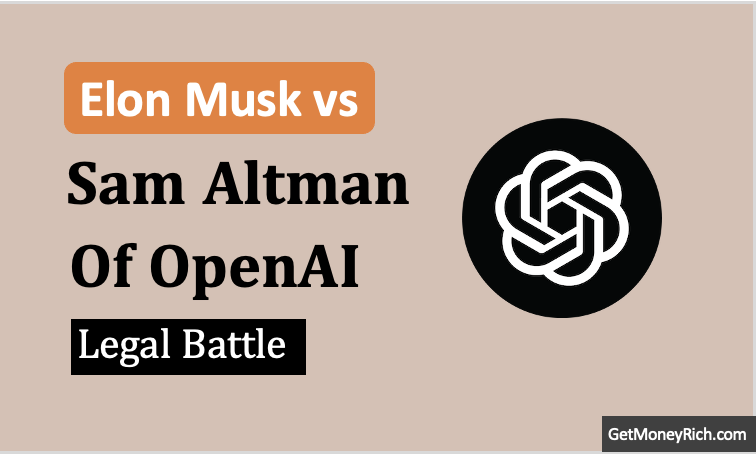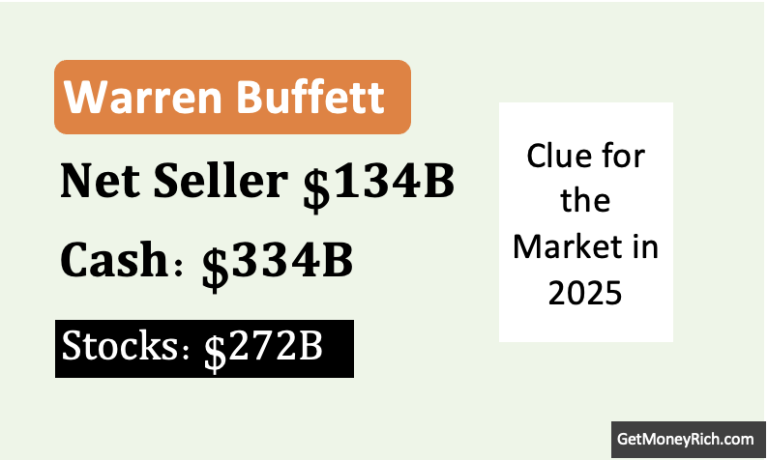I was listening to this podcast the other day from Goldman Sachs, and it got me thinking about something we’ve all been hearing about lately: tariffs. You know, those extra taxes slapped on stuff U.S. import from other countries? They’ve been all over the news, and honestly, it’s hard to keep up with what it all means for us regular people. The podcast is loaded with economist jargon and fancy forecasts. So I thought, why not declutter it down and present it in a way that actually makes sense for people like me and you.
Why understanding this podcast is important? Because the stuff in it (about Trump’s tariffs) affects our wallets, our jobs, and even the prices at the grocery store. So allow me to present a simpler interpretation (my) of this otherwise complicated podcast.
Tariffs Are Here
I’m imagining it like this, it’s early 2025, and the U.S. government has decided to crank up tariffs.
We’re talking about a jump that’s like adding a 10% extra tax on a ton of imported goods. The tax will be on everything from car parts to clothes to maybe even your next phone.
Initially, experts thought it’d be a smaller hike, maybe 4-5%, but nope, the new administration is going big. Why?
Well, there’s talk about “reciprocal tariffs” (if another country taxes us, we tax them back) and protecting “critical imports” like auto parts. Even Canada and Mexico got hit with some of these, which surprised everyone since they’re our neighbours.
So, what’s the deal?
It’s like the government’s saying, “We’re tired of playing nice, let’s make imported stuff more expensive so people buy American instead.”
Sounds simple, right? But here’s where it gets messy for us.
Prices Are Going Up (Inflation Again)
Let’s talk about the elephant in the room, inflation.
Everything from gas to groceries has been pricier lately, it is not an assumption, it is a fact. The Goldman Sachs podcast threw out some numbers, if there were no tariffs, they’d expect inflation to drop to around 2.1% by the end of 2025. Nice, right? But with these new tariffs? They’re betting it’ll climb to almost 3%.
That might not sound like a lot, but trust me, these are average numbers. Inflation experienced by essential items will be much higher. In a country, where average inflation, before COVD was below 2%. If it starts climbing to 3%, it will hurt many more than we think.
Tariffs are like a hidden tax that gets passed down to you. Say you’re buying a new jacket from overseas. The company importing it now has to pay more to bring it in, so they jack up the price to cover it. Suddenly, that $50 jacket is $60.
Multiply that across tons of stuff, shoes, electronics, even car repairs, and your budget’s taking a hit.
In the podcast, David said, this is a “one-time” price bump, not a forever thing, but here’s the problem, people are already freaking out about it.
Businesses and shoppers are so tuned into tariff news that they’re expecting prices to keep rising, which could make things worse.
Growth’s Taking a Dip
Here’s the flip side. While prices go up, the economy might slow down.
In the podcast, they are forecasting a slower growth rate for 2025 from 2.2% to 1.7%. Simply speaking? The U.S. isn’t going to grow as fast as they thought.
Why? Well, tariffs mess with things in a few ways:
- Less Money in Your Pocket: Higher prices mean you’ve got less cash to spend on other stuff, like eating out or that weekend getaway.
- Shaky Markets: Wall Street’s not loving this uncertainty. Stocks dip, and that can spook businesses.
- Businesses Get Nervous: Companies hate not knowing what’s next. Will tariffs get worse? Will other countries fight back? So, instead of building new factories or hiring more people, they sit tight.
David, in the podcast, mentioned stagflation. It is a scary word that means high prices and a sluggish economy. But he was quick to say, “Chill, it’s not the 1970s.” Back then, unemployment was crazy, and inflation hit double digits. This? It’s more like a speed bump than a crash.
Still, growth slowing from 2.2% to 1.7% means fewer jobs and less buzz in the economy. Not great, but not a disaster, yet.
Recession Vibes?
In the podcast, experts bumped their recession odds from 15% to 20%.
That’s still pretty low, like a one-in-five chance it’ll rain this afternoon. They’re not sweating it too much because the White House could always dial back the tariffs if things get ugly.
But here’s what got my attention, President Trump didn’t exactly brush off the recession talk. He was more like, “Eh, I don’t wanna think about it.” That’s a shift from his first term when he was all about keeping things rosy for voters.
It’s like the government’s rolling the dice a bit more this time. They’re willing to risk some economic bumps to push their “America First” plan.
Will it pay off? Hard to say, but it’s definitely keeping everyone on edge.
What’s the Fed Gonna Do?
The Federal Reserve, who control interest rates, are not going to sit quite. But for sure they’re in a tricky spot.
Normally, if inflation’s low, they might cut rates to give the economy a boost. But with tariffs pushing prices up to 3%, that’s tougher. The podcast said the Fed’s still planning two rate cuts in 2025, but it’s not a sure thing anymore.
Here’s why it matters to common people? If they don’t cut rates, borrowing money, for a house, a car, or even your credit card, stays expensive. If they do cut, it’s probably because the economy’s looking shaky, and they’re trying to soften the blow (like they did in 2019 when tariffs got hairy).
Either way, they’re watching this tariff mess like hawks, waiting for clearer signals.
Uncertainty Is the Real Killer
One thing that kept popping up in the podcast? Uncertainty.
Businesses hate it.
Imagine you’re a company thinking about opening a new store. Then the tariffs hit, costs go up, and oh, maybe Canada’s taxing your exports back. Would you risk it? Probably not.
David said this time’s worse than 2019 because the tariffs are bigger and hit more countries. Back then, it was mostly China. Now? It’s everyone, and they might all fight back.
For us, that means companies might hold off on hiring or building stuff, which slows everything down. Even if the tariffs don’t get worse, just the threat of them could make businesses play it safe. And when they do that, I feel, it will cause fewer jobs, less innovation, slower growth.
What to Watch For
So, what’s next? The podcast gave some clues about what they’re keeping an eye on, and I think we should too:
- Business Confidence: If companies start feeling gloomier, they’ll cut back on spending and hiring. Surveys next month will tell us a lot.
- Jobs: Hiring’s been strong in healthcare and government jobs, but if tariff uncertainty (or spending cuts) hits, that could change.
- Investment: Businesses have already been skimpy on new projects. More tariff drama could make it worse.
The good news? We’re not starting from a terrible spot.
Confidence was decent before this latest tariff wave, and we’re not as spooked as we were during those recession scares a few years back.
But yes, the next few months could get bumpy.
Conclusion
How do you deal with this?
- First, brace for higher prices, maybe start hunting for deals or sticking to local brands if imports get too pricey.
- Second, keep an eye on your job or industry. If you’re in manufacturing or retail, tariffs could shake things up.
- Third, don’t freak out about a recession just yet, it’s not a done deal.
For me, this whole tariff thing feels like a big experiment.
The government’s betting it’ll boost American jobs and companies, but it’s a gamble.
Prices might sting for a while, and growth could stall, but if they pull it off, maybe we’ll see more “Made in the USA” tags.
What do you think, worth the risk, or too much hassle? I’d love to hear your take.
Keep reading and keeping looking at the developments closely.

